6. The year is 10,000 BC, and this ancient city, which stretches back so far into the past, can even be found mentioned in the Bible. Can you blow your trumpet and march around its walls seven times, and then tell me its name?
From Quiz Walk These Ancient Streets
Answer:
Jericho
Jericho is located on the west bank of the Jordan River and has been the site of ongoing conflicts between Israel, Jordan and Palestine for many years. It began around 10,000 BC as a place to meet. A spring was a focal watering point for various groups of hunter-gatherers to gather in that part of the world. Within a few hundred years, a permanent settlement began to grow there. By 9,000 BC, small, circular homes were built, burial sites were established and its society base had started to gradually move from those of hunter-gatherers to that of domesticated cereal growers. Evidence has been found by archaeologists in our modern age that reveals, even way back then, the structure of a large wall that was built around the village. That wall and its follow up improvements was to figure significantly in the later biblical story of Joshua and the Israelites. This story tells of their march around it every day for a week, before a triumphant blast on their trumpets brought it tumbling down, thus enabling that nation of people to return to the Promised Land following several centuries of dwelling in Egypt.
Following the initial founding of Jericho, thousands of years of invasion appears to have been their lot in life, as the site was taken over, almost abandoned and then rebuilt on, again and again, by successive waves of conquerors. Between 4,500 and 2,600 BC the city had expanded significantly, however. By approximately 1,700 BC it had grown to be a prosperous and thriving centre, with a strong defensive wall to hold off any would-be invaders. Until Joshua came along, that is, when the city was all but destroyed by the Israelites. Yet somehow it managed to survive as small isolated groups of people and buildings. From that period until the 11th century AD, and then right up again to the 19th century AD, the bruised site continued to be occupied by other nations, ending with its subjugation and control by the Ottoman Empire. Following World War I and the fall of that empire, the city grew again, but always as a focal point between the violently clashing religions and ideologies of this troubled area.
By the early 21st century, with its rich history stretching back over thousands of years, Jericho boasted a population of some 20,000 residents. Today it has banks, schools, a casino, hospitals, industries and many ancient biblical and historical sites that draw tourists like swarms of busy bees. Its population is young and strong, thriving farming communities surround the city and many groves of banana trees provide additional income. Most of all perhaps, because of its age and rich history, this ancient city is an irresistible site for archaeologists, as they strive endlessly to go back further and further into Jericho's fascinating and compelling past.
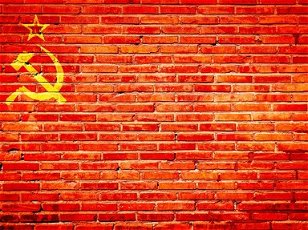 Can you find the fifteen republics of the former Soviet Union, and avoid the red herrings?
Can you find the fifteen republics of the former Soviet Union, and avoid the red herrings?  Can you find the fifteen republics of the former Soviet Union, and avoid the red herrings?
Can you find the fifteen republics of the former Soviet Union, and avoid the red herrings? 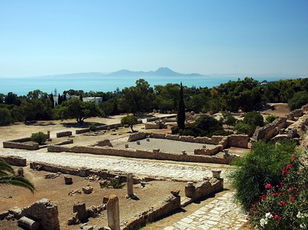 The ancient city of Carthage was "born to the purple" in the sense that the people possessed the secret of making the expensive cloth, which, in turn, became one of their most important trade goods.
The ancient city of Carthage was "born to the purple" in the sense that the people possessed the secret of making the expensive cloth, which, in turn, became one of their most important trade goods. 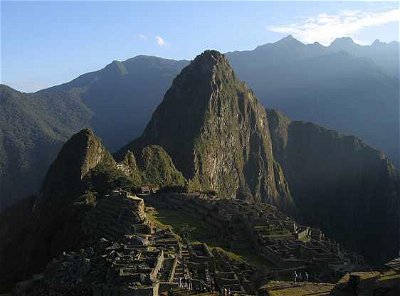 Congratulations! You've won a trip to visit ten different unique, historical ruins from around the world! Unfortunately you're stuck traveling with Kyle and, as we all know, he has a tendency to ruin just about everything. Sigh...
Congratulations! You've won a trip to visit ten different unique, historical ruins from around the world! Unfortunately you're stuck traveling with Kyle and, as we all know, he has a tendency to ruin just about everything. Sigh... 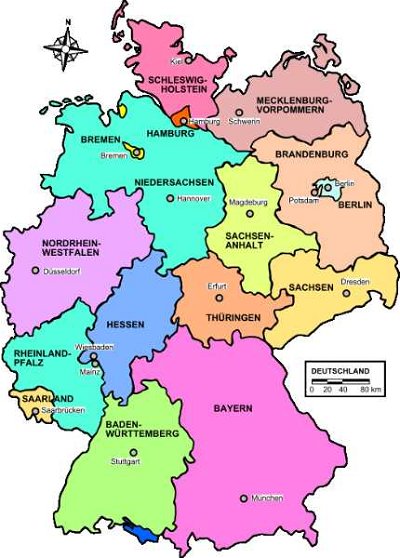 In 1989, I purchased a globe with colored stones to differentiate the countries. What once was a great deal is now a reminder of how much the geopolitical landscape has changed. Come explore with me alterations to the map that occurred since 1989.
In 1989, I purchased a globe with colored stones to differentiate the countries. What once was a great deal is now a reminder of how much the geopolitical landscape has changed. Come explore with me alterations to the map that occurred since 1989.
 Quick Question
Quick Question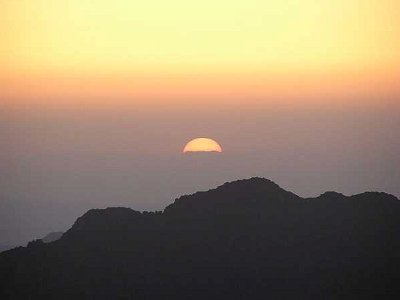 Travel with me to Egypt and visit the great archaeological sites and ancient ruins.
Travel with me to Egypt and visit the great archaeological sites and ancient ruins. 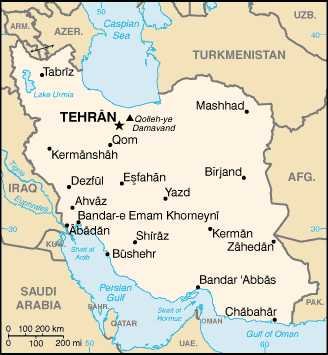 Today we are going to take an archaeological field trip through the ruins of ancient Persepolis! Hold onto your hat, and come along for the ride!
Today we are going to take an archaeological field trip through the ruins of ancient Persepolis! Hold onto your hat, and come along for the ride! 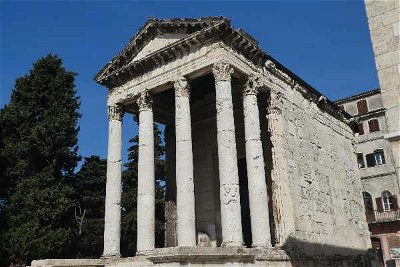 Rome may have many historical landmarks, but it is not the only place to view famous Roman ruins. Take a look at these Roman constructions, all of which are outside modern day Italy.
Rome may have many historical landmarks, but it is not the only place to view famous Roman ruins. Take a look at these Roman constructions, all of which are outside modern day Italy.  I am looking through a pile of archaeological papers on which there are apparently connected words and sketches. Can you help identify the modern-day settings for these sites?
I am looking through a pile of archaeological papers on which there are apparently connected words and sketches. Can you help identify the modern-day settings for these sites?
 Colonization in the 16th and 17th centuries led Europeans to chart their way to new lands in North and Central America by the boat-load. In this quiz, we'll take a look at key settlements from the period, many with present-day staying power.
Colonization in the 16th and 17th centuries led Europeans to chart their way to new lands in North and Central America by the boat-load. In this quiz, we'll take a look at key settlements from the period, many with present-day staying power. 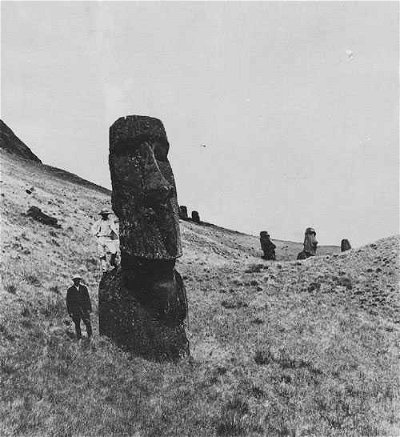 Can you answer the questions about these tall structures?
Can you answer the questions about these tall structures?  = Top 5% Rated Quiz,
= Top 5% Rated Quiz,
 Top 10% Rated Quiz,
Top 10% Rated Quiz,
 Top 20% Rated Quiz,
Top 20% Rated Quiz,
 A Well Rated Quiz
A Well Rated Quiz